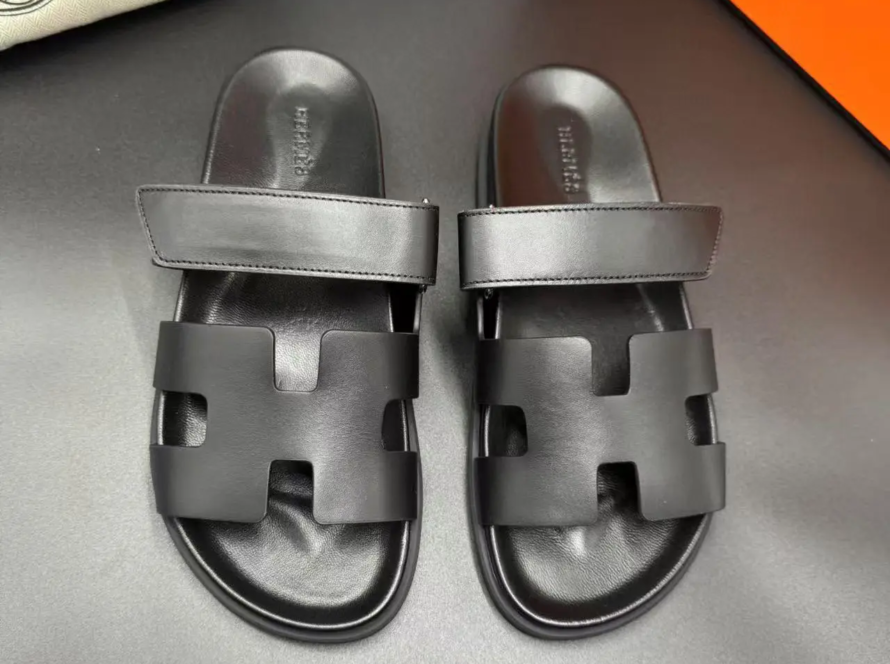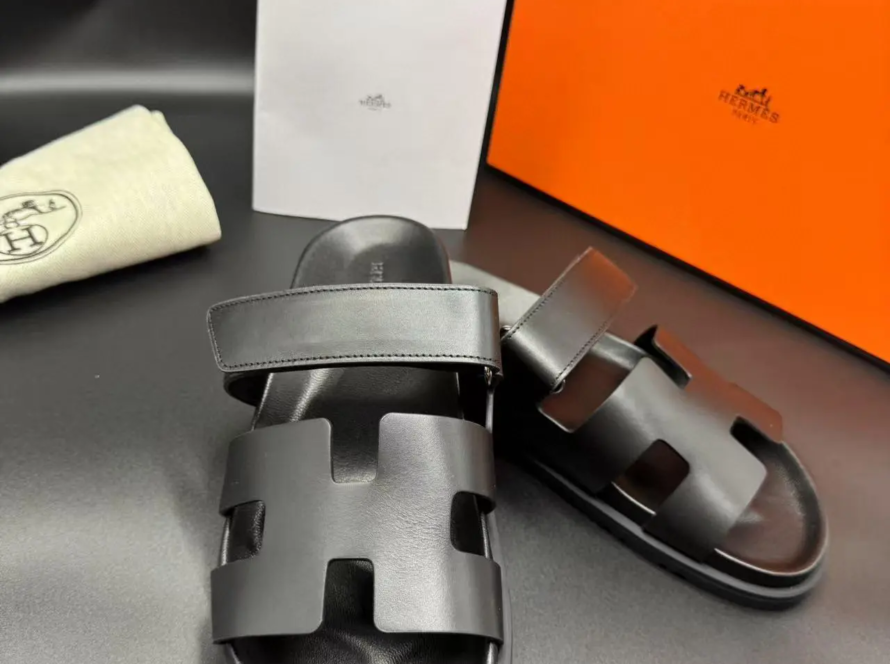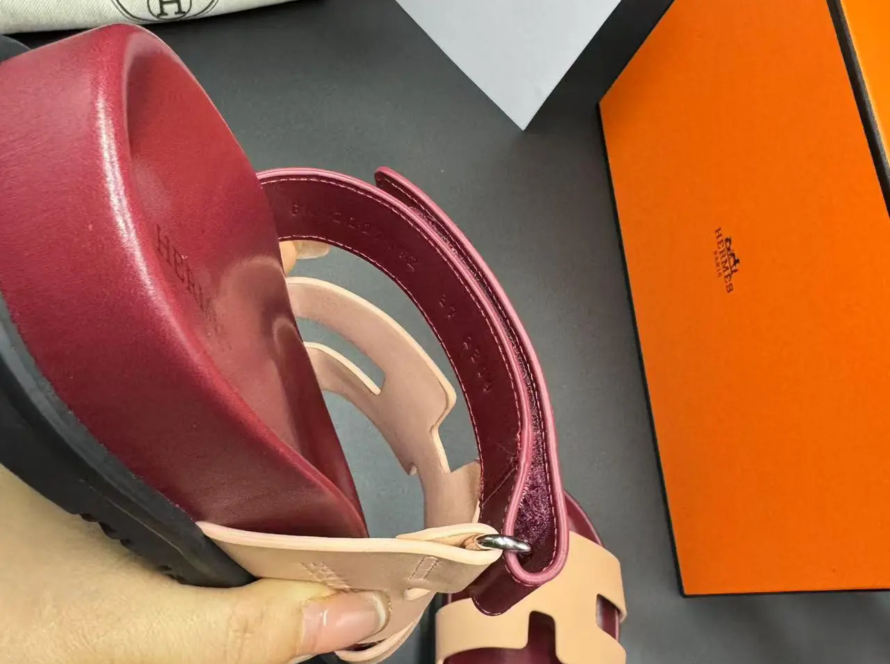Leather shoe glue: the unsung hero of luxury shoe craftsmanship
For the discerning connoisseur of fine leather shoes, every detail matters. From the precision of the stitching to the depth of the patina, excellence lies in the understanding of the elements that preserve and enhance a masterpiece. in, leather shoe glue Still one of the most overlooked yet extremely important components of maintaining and restoring luxury footwear. This guide explores why choosing quality adhesives is important, how they define longevity, and what every collector should know about this hidden cornerstone of custom shoemaking.
The science behind quality adhesives
Not all glues are created equal. Luxury footwear requires adhesives that meet its exacting standards. High-end leather shoe glue aims to achieve three core goals:
- Uncompromising flexibility: Over time, leather expands, contracts, and conforms to the foot. Subpar adhesive can crack under pressure, causing noticeable separation or discomfort. Premium polyurethane (PU)-based or neoprene contact glue maintains elasticity while holding the sole and upper securely in place.
- Archival grade bonding: For collectors of vintage or heirloom quality footwear, the adhesive must be resistant to aging. Cheap glues can yellow, degrade, or become brittle over decades, destroying the structural integrity of the shoe. Custom craftsmen often use pH-neutral, solvent-based adhesives to prevent deterioration and ensure repairs remain invisible for generations.
- aesthetic invisibility: On patent leather or fine calfskin, glue residue can damage the surface. The luxurious adhesive is formulated to dry clear and prevent “bleed-through” into porous leather, maintaining the shoe’s refined look.
When is glue most important?
1. Sole reattachment
Not only are loose soles inconvenient, they also expose the inside of the shoe to moisture, which accelerates degradation. For Black stitched or Goodyear welted soles, shoemakers serving luxury customers rely on Heat activated PU adhesive Apply at precise temperatures. This creates a stronger bond than the original factory adhesive without compromising the integrity of the welt.
2. Heel repair
Heel wobbling is a cardinal sin when wearing Berluti Oxfords or John Lobb Derbys. High pressure area needs Neoprene based contact cementbonds immediately under pressure and withstands shear forces. Unlike DIY “instant” glues, these professional-grade formulas won’t crystallize and fail after repeated impact.
3. Exquisite details
Lifting brogues, detached heel counters or loose embellishments requires precision. Cyanoacrylate (CA) gel The controlled viscosity allows craftsmen to apply micro-droplets without sinking into the fine leather particles. For rare leathers such as crocodile or ostrich, special low-odor CA glue can prevent staining or grain damage.
Application Tips: Why Technology Matters
Even the best glue can be wasted without professional application. Luxury repair experts follow strict protocols:
- surface treatment: Leather must be lightly scuffed (180-220 mesh) and cleaned with degreaser to remove polish residue.
- climate control: Humidity and temperature affect curing. The workshop is maintained at 18–22°C (64–72°F) and 40–60% humidity for optimal bonding.
- Clamping and curing: A weighted clamp or vacuum press ensures even pressure during curing, rushing this step may cause the bond to fail.
Myths dispelled: things luxury customers overlook
- “Stronger glue = better repair”: Over-engineering of industrial epoxies may cause the leather to become irreversibly stiff. Flexibility is key.
- “Odorless means safer”: Many “mild” water-based glues lack long-term durability. Low VOC solvent adhesives tend to outperform them.
- “Vintage shoes cannot be saved”: Using enzymes and activators, archival adhesives can often be loosened and replaced without damaging antique leather.
Ethical Perspective: Sustainability of Adhesives
For eco-conscious luxury enthusiasts, such as Baudouin and Lange and Ostermo Priority is now being given to plant-based, formaldehyde-free adhesives derived from natural rubber or soy protein. These glues comply with strict EU REACH standards while maintaining performance, proving that sustainability and luxury are not mutually exclusive.
Conclusion: Glue is investment in legacy
Leather shoes are more than just accessories; They are wearable works of art. Maintaining their longevity—whether a limited-edition Edward Green or a custom St. Crispin creation—depends on respecting the chemistry and craftsmanship behind their adhesive. By insisting on the use of quality glues and craftsman-grade restorations, collectors can protect not only their financial investment, but also the heritage narrative these pieces represent.
FAQ: Leather Shoe Glue Explained
Question 1: Can I use store-bought superglue to repair shoes costing more than $1,000?
Won’t. Consumer-grade cyanoacrylate hardens when dry, cracks when bent, and may discolor leather. Always entrust luxury footwear to professionals who use archival adhesives.
Q2: How to remove old glue without damaging the leather?
Specialized citrus solvents or enzyme removers can gently dissolve residue. Avoid using acetone on aniline stained or patent leather as it can strip the finish.
Q3: Why do some glues make leather black?
Inexpensive solvent-based adhesives can soak dye into porous leather. A good quality neutral pH formula can prevent this from happening.
Q4: Will glue affect the patina of shoes over time?
Yes. Acidic adhesives disrupt the natural aging process of leather. For shoes with a rich patina, be sure to choose a pH-neutral option.
Question 5: What glue is safe for exotic leathers like lizard or stingray?
Low-odor, slow-curing CA gel has an extremely low moisture content, preventing texture distortion or scale lifting.
Q6: How long does it take to reset the sole?
Using professional PU adhesive and curing, expect wear for 5-10 years, depending on usage.
Q7: Are “vegan leather” glues any different?
Synthetic materials often require an acrylic-based adhesive because traditional rubber cement may not bond with polyurethane coatings.
Q8: Will temperature affect adhesive repair?
Extreme cold can make adhesives brittle; heat can soften them. Store shoes in a stable environment (10–25°C / 50–77°F).
In footwear, as in life, invisible foundations determine lasting beauty. Choose your glue and your cobbler wisely.



